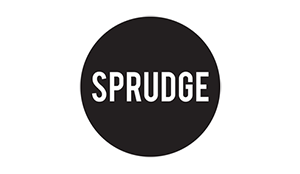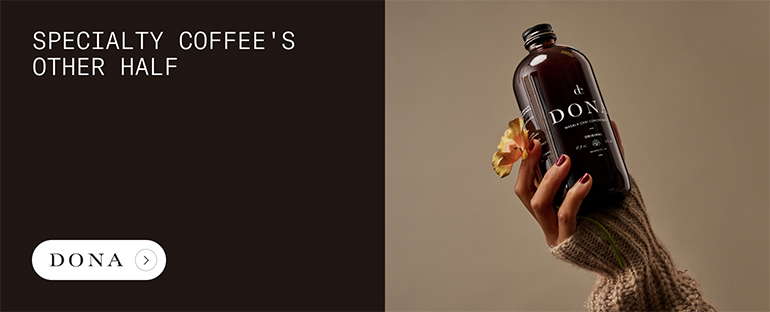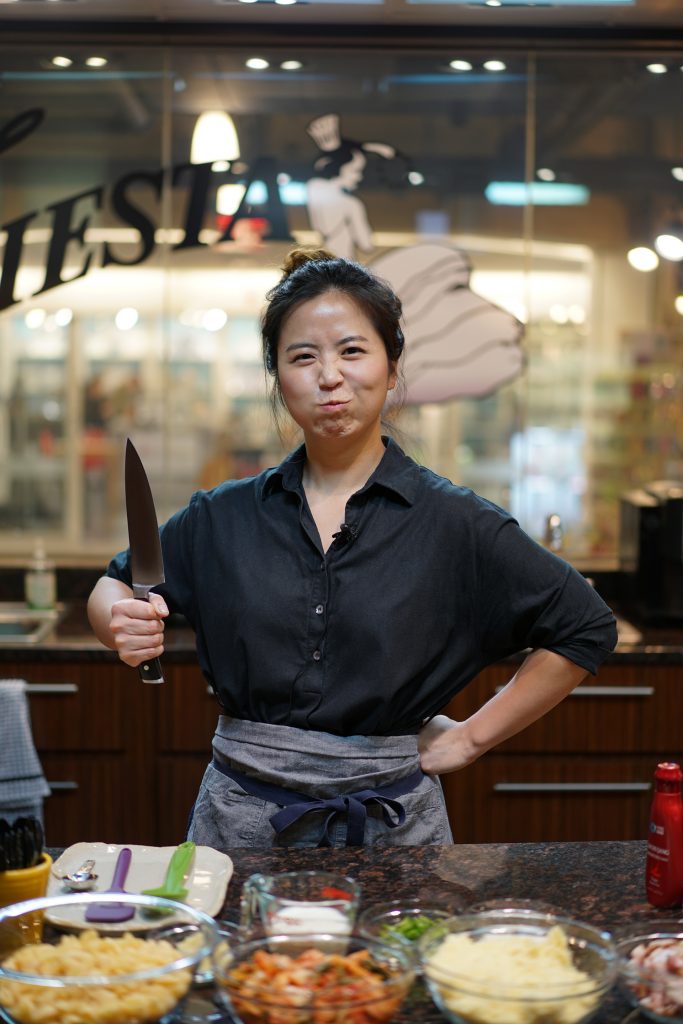
Seung Hee Lee has a posse.
A PhD in Human Nutrition and working epidemiologist at the Centers for Disease Control in Atlanta, she’s also the co-author (with Kim Sunée) of Everyday Korean, a cookbook collection of recipes and cooking techniques drawing on her training in Korean Royal Court cuisine. Accessible, personal, and beautifully composed, it’s that rare kind of cookbook that walks the deft line between aspirational and inspirational—not only does the reader desire to create these dishes, they are enabled and encouraged to do so along the way. Whether you grew up cooking Korean food in your home or fell in love with the cuisine later in life, this book has something for everyone.
And then there’s her Instagram.
Yes, Instagram—whether you like it or not, it is the platform de rigeur for the global natural wine scene, equal parts TMI and #flashesofdelight. Within the ever-more-crowded reaches of the social network, Seung Hee Lee’s work as @koreanfusion stands out, with posts that have effortlessly garnered thousands of likes and comments. Her account is often funny and very personal, but holy shit, look at that food. And the wine she’s pairing with it! “Natural wine is a natural fit for Korean foods,” she writes, and if that’s true (spoiler alert: it is) then she’s a more than capable leading voice and advocate for this new approach, leading wine-focused dinner pop-ups from New York to Los Angeles to Burgenland, where she recently cooked at the estate of noted Austrian natural wine producers Gut Oggau.

Or maybe it’s not such a new approach after all? In the interview below, Seung Hee Lee talks at length about her experiences cooking at pop-up events around the world, her approach to pairing Korean cuisine with natural wine, and about Korea’s long culinary history—disrupted by conflict—of complex and distinctive beverage traditions, happily undergoing a resurgence today led in part by the Michelin-garlaned fine dining scene in Seoul. These drinks, such as fermented mulberry liqueur and pine needle honey wine, offer clear parallels to today’s natural wine and cider resurgence, and echo a harmony of eating and drinking that predates us all. (It is certainly much older than Instagram.)
In her book and social media presence, we as readers are gifted a kind of preternatural marriage of family culture, learned technique, and an endlessly curious palate. If pairing Korean food and natural wine seems like a very good and delicious idea to you, then you should be following Seung Hee Lee. We spoke by phone from her home in Atlanta, Georgia.
This interview has been lightly edited and condensed for clarity.
Hey Seung Hee Lee! Thanks so much for chatting with me. As a starting point, you’ve said “Natural wines are a natural fit for Korean foods!”—talk to us more about that as an introduction.
I say that because both the cuisine and the wine has this reputation for it being funky. When someone drinks natural wine for the first time they might think it’s “funky” and different, and there are certain Korean foods—kimchi, soy bean paste soup—where diners might say that too. I think it’s interesting because they both heavily rely on fermentation and natural yeast.
When I first learned about natural wine, it reminded me of certain broth from kimchi, and so that’s why I first started to pair Korean foods with natural wines. I was just so impressed by how they complement each other. Sometimes the wine will cancel out the dish’s funkiness, and bring out more fruity notes in the wine, or vice versa, which is just magical.
I also wanted to break the stereotype of just pairing all forms of Asian food with Riesling. That’s so condescending to me, in a way, because what it really says is that you don’t understand or respect the cuisine. I wanted to break away from that stereotype, and provide a wide range of wines that could pair with Korean food.
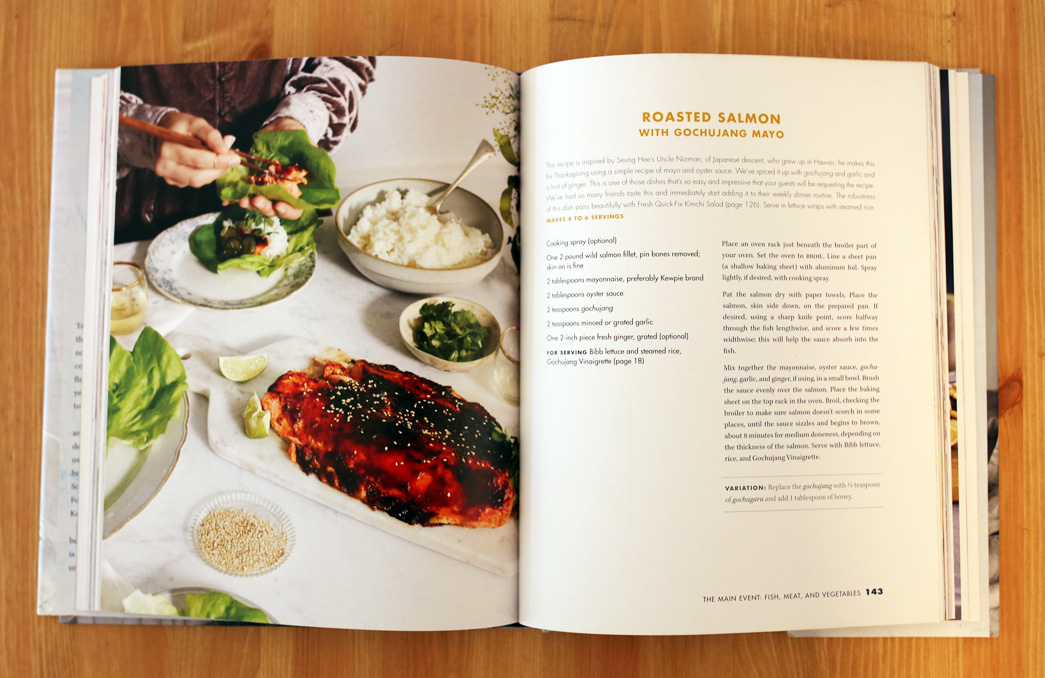
Was there an aha moment you experienced with natural wine?
Absolutely—it happened on February 14, 2017. I was in Paris—I had just submitted my manuscript for the book, and needed to get the hell out of writing mode, so I bought a ticket, went to Paris, and this was my last day there. I was at a restaurant called Vantre, which had just opened, with amazing wine from Marco Pelletier, a three star sommelier (formerly of Taillevant and Le Bristol) who owns the bistro and brought his collections there—but I didn’t know any of that at the time, I was just having lunch.
The wine was a Jacky Blot Chenin from the Loire. I had it after a pretty decent Burgundy Chardonnay, and, you know, it’s difficult to top decent Burgundy. But I was just blown away by the Chenin’s acidity, and I couldn’t believe how it stood both structurally and in terms of palate. It was great for appetizer and entree and dessert. And I paid just 30 euros for it at a restaurant!
This was so bizarre for me, so I wanted to learn more about this thing called natural wine. The regions, the people. At that time I had been a Burgundy and Champagne drinker but, Loire Valley wine broadened my spectrum. At first I was chasing the experience with that Loire Chenin, but soon I branched out to try different wines from around the world. But I will always remember that Jacky Blot Montlouis sur Loire.
Tell us a bit more about your upcoming event with Tannat Wine & Cheese in Manhattan?
It’s going to be a really interesting evening. We’ll offer a five-course meal, and we’re going to wait until that time, a week before, to set the menu, so we can see what’s ripe and fresh. The wine bar really likes to incorporate farm produce, which I respect. And then we’re going to decide on what will be the best to showcase with the wines, and I’ll recommend pairings and cook a few recipes from the book.
You also have an event in LA coming up?
Yes, that’s with an Instagram friend @terroir_matters—his name is Tilden, I met him at a wine party, and he’s Korean—so it’s going to be like a poolside Korean bbq vibe. It’ll be small, just for fun, compared to the more serious vibe in New York.
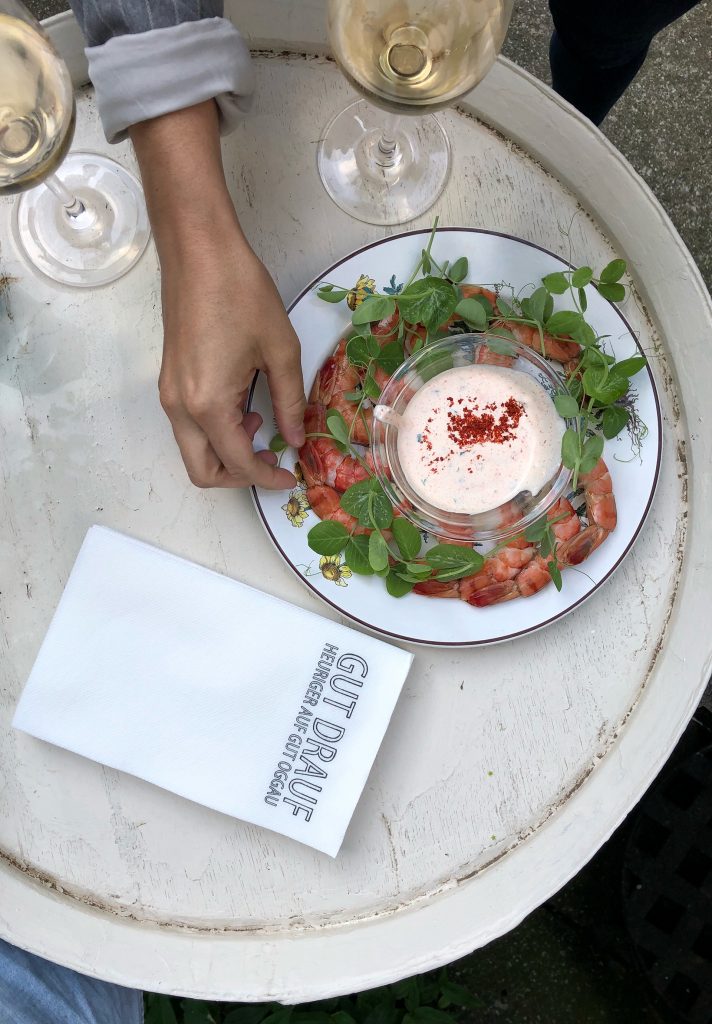
How do you go about selecting event partners? Do they reach out to you or do you reach out to them?
It’s all of the above—sometimes I work with people I got to know over time, or sometimes people reach out to me because of what I do, and they find it intriguing. Tannat, for example, actually contacted me before they opened because they wanted to collaborate on a book party last year during RAW WINE Fair NYC, but they had some electrical issues. Now they’ve circled back and are ready, so we’re doing the event this summer.
You talk in the author intro about growing up in your family’s kitchen—what did your parents like to drink with dinner?
My dad is a great drinker, and he would actually make his own plum wine—it’s like green plums, really firm on the outside, soaked with equal parts fruit and sugar and topped w/ alcohol, then left to steep. That was his main thing. Although he did start drinking wine more or less in the late 90s, but that was more [pauses]—more to look sophisticated, I think, than anything else.
There’s another line in the intro I think is worth pulling out. You write: “Our goal here isn’t to be quote unquote authentic, but rather, to be inclusive, incorporating flavors that make sense in our everyday eating.” Talk to me more about that as it relates to natural wine.
Well, I really wanted to incorporate wine pairings or beer pairings with these dishes, but my editor in the end decided to take it out—we didn’t have pairing examples for everything, and we didn’t want to call out a specific brand without sponsorship and what not, but these dishes each have interesting elements in them which we toned down so it’s approachable. I am a royal cuisine trained chef, and I wanted to write a super authentic book, but my editor said, basically, “You want your toddler to walk before they can run—intro the readers and get them hooked, and make them want to crave the authentic version.” And I agree wholeheartedly.
What’s the idea of authenticity, anyway? The cuisine and culinary world are always evolving. But something like the oyster fritters dish, it’s not an American-style fried food. It’s lightly battered, egg washed, then pan fried. You can serve that dish as an appetizer in any house, and give it to someone with a glass of pet nat, and it’s incredible.
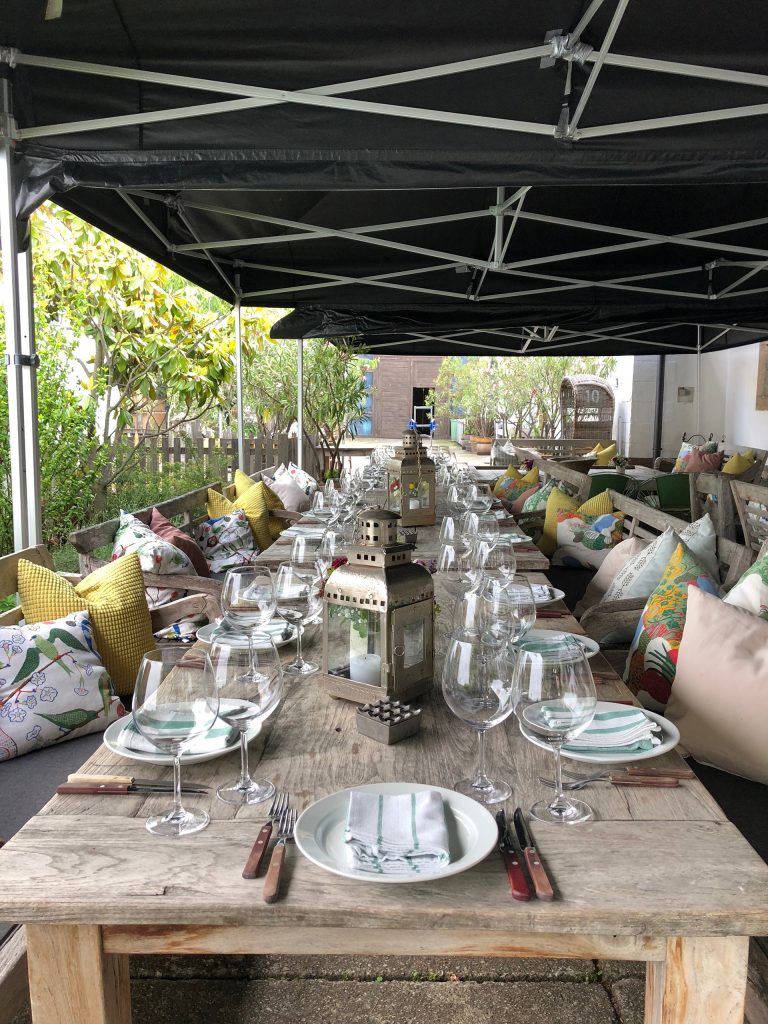
I want to know more about your experience of cooking in Austria with Gut Oggau—what did you make? What were your favorite pairings?
I met them at the RAW WINE Fair last year in New York—I am pretty good friends with Athénaïas Beru, and she and Stephanie from Gut are good friends, so both of them were at RAW and I got introduced. I talked with Stephanie and mentioned I was doing a pop-up for my cookbook, and we joked, you know, “Oh, you should come do one at Gut Oggau”—it was so casual. But she took my card and emailed me after the festival, and I said sure, late May looks good, I’ll be there!
We worked on the menu together, and I suggested certain items I can cook anywhere in this world—dishes like japchae, which is noodles with veggies that I like to serve with high minerality skin contact wines, or Korean bbq which is really great with Gut Oggau’s style of red wines. We had to special order some items for pick-up in Vienna, but from there it was just me cooking for 40 people, across seven courses.
Is there a favorite food and wine pairing from that dinner that stands out in your memory?
That’s a good question. You know, I was so busy cooking, I didn’t get to try them all! But there’s an amazing dish from the book, a dessert, the black sesame panna cotta, and the day before the pop-up Edouard, Stephanie, and I were trying out the dishes and confirming wines, but when we got to dessert, we paired it with their dessert wine (the 2014 Wiltrude, an Auslese made with lots of local grapes) and said, you know, this could use some honey. I like to incorporate whatever local things are available from where I’m cooking, and so we tried the panna cotta with a bit of local chestnut honey, which was delicious, but a bit too honey-forward. The wine has an obvious honey note, but when we added actual honey to the panna cotta it took away from the whole Korean part of the dish, which is the black sesame. So then Stephanie says, “let’s try citrus”—we tried out some blood orange, but it kind of killed the wine.
By then we are debating, and starting to say, you know, perhaps we’ll give the diners options—they can add what they’d like to the dish—but Gut Oggau says, “No, you’re the chef, don’t give them options—this should be what you want.” So eventually we land on something that is very special in this part of Austria, which is pumpkin seed oil. I tasted it and it was just…so deeply toasted and concentrated, and then I tried it on the panna cotta and I just couldn’t believe it. It amplified the black sesame nuttiness and offered this special kind of fruit flavor that paired with the dessert. All three of us were just nodding like, wow, this is it. So that was one of my favorite pairings. It wasn’t as obvious, and it took some effort.
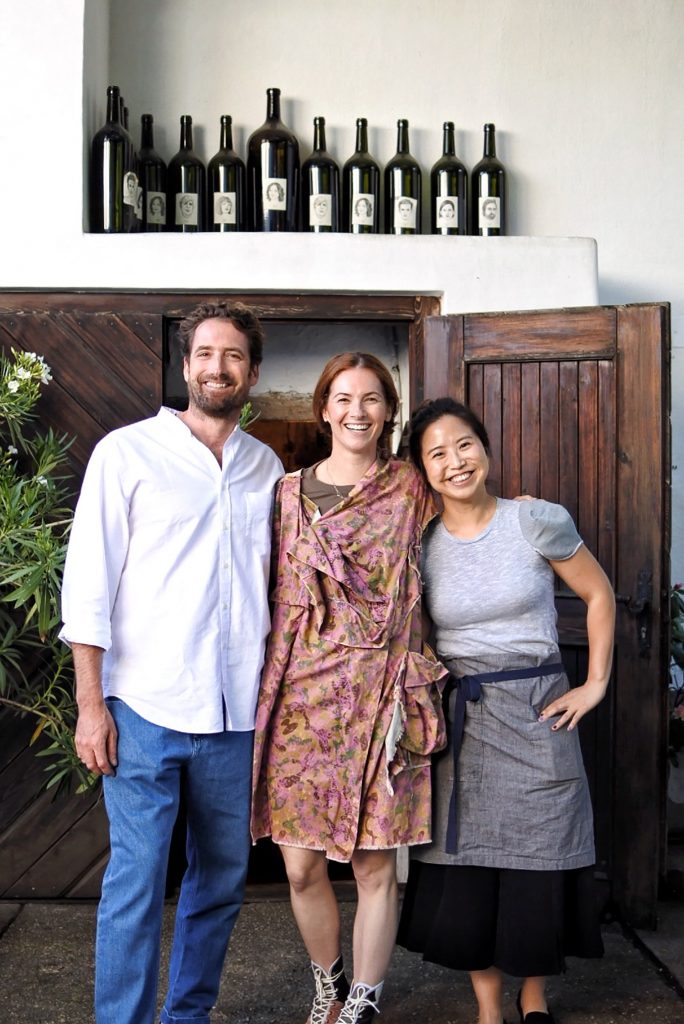
You’re based in Atlanta—what’s the natural wine scene like there right now?
I think it’s gradually growing, but it’s not as common as I want it to be. But there are a few shops and restaurants like Ticonderoga Club and Kimball House, which have a decent representation of natural wine.
Are there any restaurants you can recommend—in Atlanta or elsewhere—doing a good job putting together Korean food and natural wine?
In New York there’s a place called Atoboy—their entire list is natural, and their menu is very affordable. They present Korean food in a more modern way, where it’s like one or two things that will highlight Korean cuisine, an ingredient, a flavor, a preparation, and then they also include seasonal ingredients like morels and ramps, and pair it all with natural wines. You’ll find the Gut Oggau wines there, and it’s quite an active list—natural wine is all very small quantity in the first place, so their list changes all the time.
Would you want to do another book? Perhaps focused more on Korean food and drink pairings, be they more common, like beer, or far out stuff like natural wine?
Well, you know a lot of people just assume that Korean food can only be paired with soju or beer, and it makes me angry. It ignores a long history of other kinds of Korean beverages. During the Japanese invasion, I was told that spirits are called spirits because they govern your spirit, and so the first thing the Japanese did was to burn down the distilleries and wineries. But then they made Koreans do horrible labor, and they had to get them high somehow, so they ended up diluting methanol with water. Meanwhile all the artisan brewers and distillers were taken back to Japan. So all these beautiful traditional alcoholic beverages that Koreans historically had mastered and refined almost completely disappeared there.
But it’s coming back, and that’s the really good news. As part of the recent movement with natural foods, now at the Michelin star restaurants in Korea you’ll see not just wine pairings but traditional beverage pairings with rice wines, rice beers, and fermented fruit beverages. I think this is very important to mention because when people limit the pairings of beverages with Korean food, they are talking about a very dark history. There was a huge gap in recovering some of the beauty in the beverage world in Korea.
As an example, my grandmother used to make a kind of mulberry liquor that’s really common in Korea. We’d ferment it and strain it and drink it throughout the winter. As a child I remember drinking it when i had tummy aches, and it had a healing effect. There’s some other stuff she’d make—my grandmother, she just turned 99 years old, which means she survived the Japanese invasion, the Korean War, all of it, and so she knows how to make food from nothing. She makes a drink where you harvest pine tree bark and pine needles and soak that in honey, and make it into a wine. It comes out really clear, and pine infused—almost like alpine vibes. It is amazing with grilled beef.
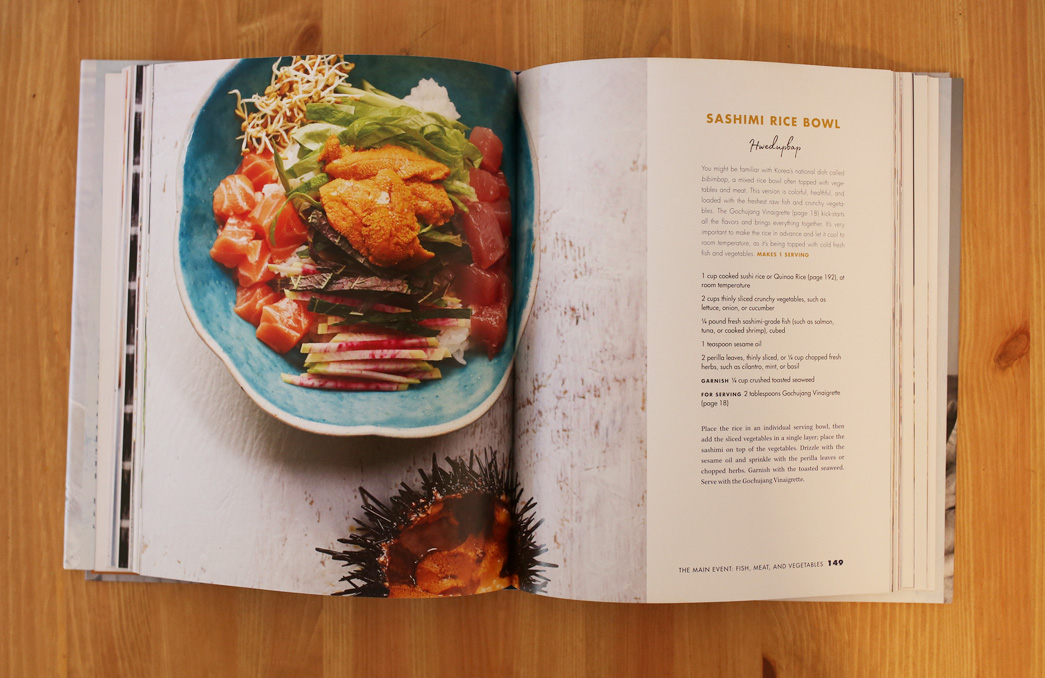
Wow, that all sounds amazing. Can you recommend any specific spots in Seoul to check out some of these traditional drinks?
Mingles. They are a 1 Michelin Star in Seoul, and oh my god it is one of my favorite restaurants in the world. Very seasonal, which includes collaborating with small batch artisanal liquor makers. One of these are actually quite popular now, called Three Bears—these kids making mead from Korean honey. Mingles was the first to see their talent and because Mingles were serving it, the demand has come up quite a bit and it’s very hard to get now.
Does any come to America?
I wish. That would be amazing. But it’s currently quite strictly allocated, and because it’s very handcrafted they can’t keep up with the demand.
Another restaurant in Seoul to try traditional drinks is a 3 Michelin Star place called La Yeon. It’s really fancy and in a hotel, but they have these amazing high-alcohol distilled rice beers and sparkling omija wines.
What if perhaps next, instead of another book you opened a restaurant? That way hungry parties (myself included) could readily eat and drink these delicious sounding things…
Well, I don’t know about a restaurant. I hate the idea of “the customer’s always right,” and I don’t want to have to accommodate.
But I love that as a diner! Those are so often the best kinds of restaurants! [laughs] Well—I’m doing a lot of cooking classes with wine pairings, and some members-only clubs. I think a lot of times people are lazy because they don’t know how to cook, and I want them to learn how to do that, and explain why certain wines pair with certain flavors in more layman’s terms. I’ve noticed that people are very intimidated in going to wine classes, but I’m a chef, so I focus on what it tastes like, instead of how it’s made. Most consumers don’t care if it’s fermented in a concrete egg. So I teach them how to identify flavors they like and I find that really satisfying. More people want natural wine now, and wine makers are more empowered.
My day job is as an epidemiologist at the CDC, so for me to carve out time takes up a lot of energy. But cooking and drinking wine is my stress reliever. I want to write a second book, and people have joked about working on a concept of “Every Other Day Korean,” where the recipes are all paired with wine. It’s going to be my next project and I am thinking about it constantly now, but I just don’t want it to be another wine book with willy nilly pairings that people can never achieve because they can’t get foie gras or Gabrio Bini’s wines with ease. I want to make something that is super accessible and affordable.
Thank you.
Gut Oggau dinner photos and portrait photo courtesy of Edouard Thorens. Book photos by Zachary Carlsen for Sprudge Media Network.
